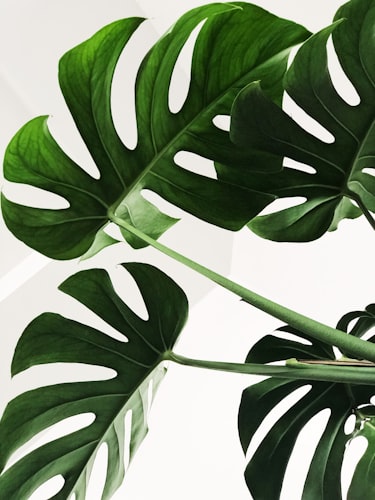How indoor plants affect our psychology and emotions, and which are the best for neglectful plant parents...
Indoor plants are extremely varied in looks, needs, and benefits, but they can all fill a home with life, vibrancy, and color, enhancing their owner’s sense of contentment and offering a low-effort but rewarding hobby. Referencing recently studied data gathered by Texas A&M University, Susan McQuillan notes in her article “11 Ways Plants Enhance Your Mental and Emotional Health” for Psychology Today, that “people who surround themselves with plant life and other forms of natural beauty, indoors and out, experience emotional and mental health benefits that have a positive impact on their social, psychological, physical, cognitive, environmental, and spiritual well-being.”
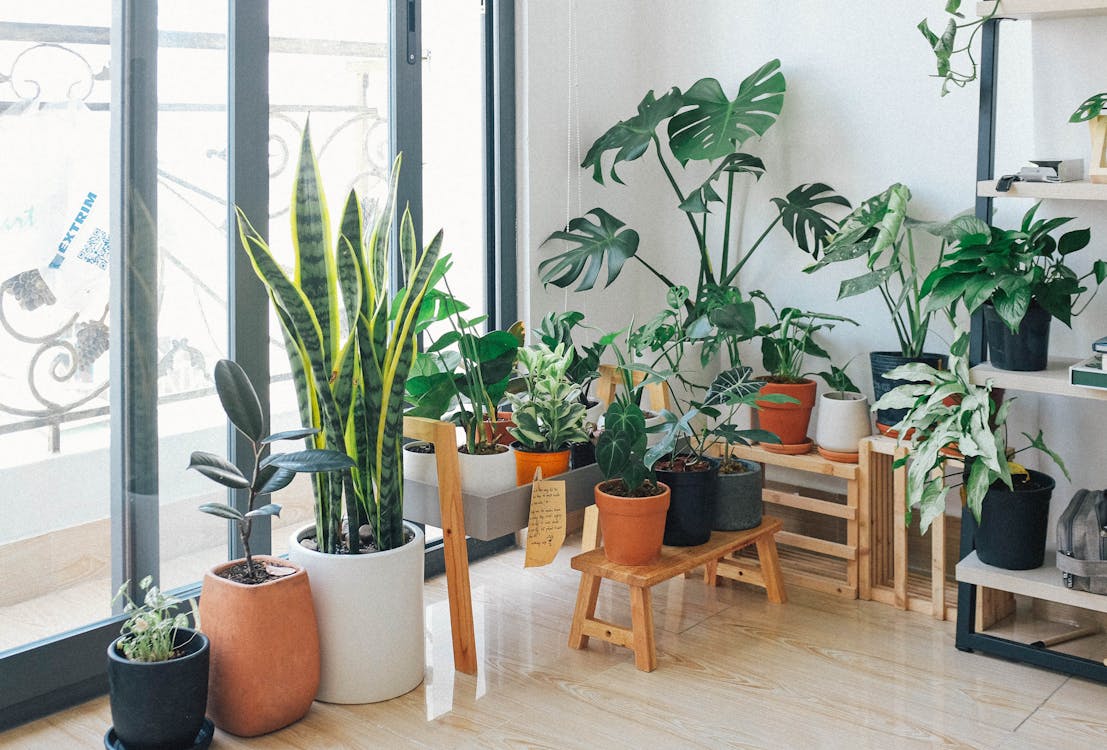
According to McQuillan, these benefits include “stress reduction...reduced symptoms of depression...stronger memory retention...fewer symptoms of post-traumatic stress...improved symptoms of attention-deficit disorders...higher productivity and improved concentration...higher levels of creativity...fewer symptoms of dementia...higher intellect...better self-esteem...and greater quality of life overall.” The positive effects on mental health offered by nature are not limited to large outdoor gardens or intricate sets of potted plants indoors; simply a single succulent on the window sill or herb plant mounted on the kitchen wall can improve mood and well-being.
Indoor Plants and Mindfulness
According to the article “The Connection Between Growing Plants and Mental Health” by UrbanCultivator.net, caring for plants “helps you focus your attention on something else other than yourself...since being too insular can send some people into depressive states, [indoor] gardening can help alleviate that.” According to the article “The Secret to Happiness Is Helping Others” by Jenny Santi for Time Magazine, “Helping others may just be the secret to living a life that is not only happier but also healthier, wealthier, more productive, and meaningful.”
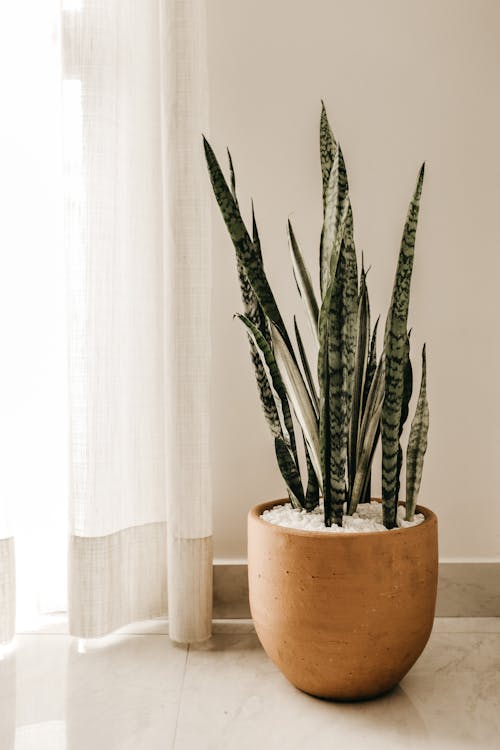
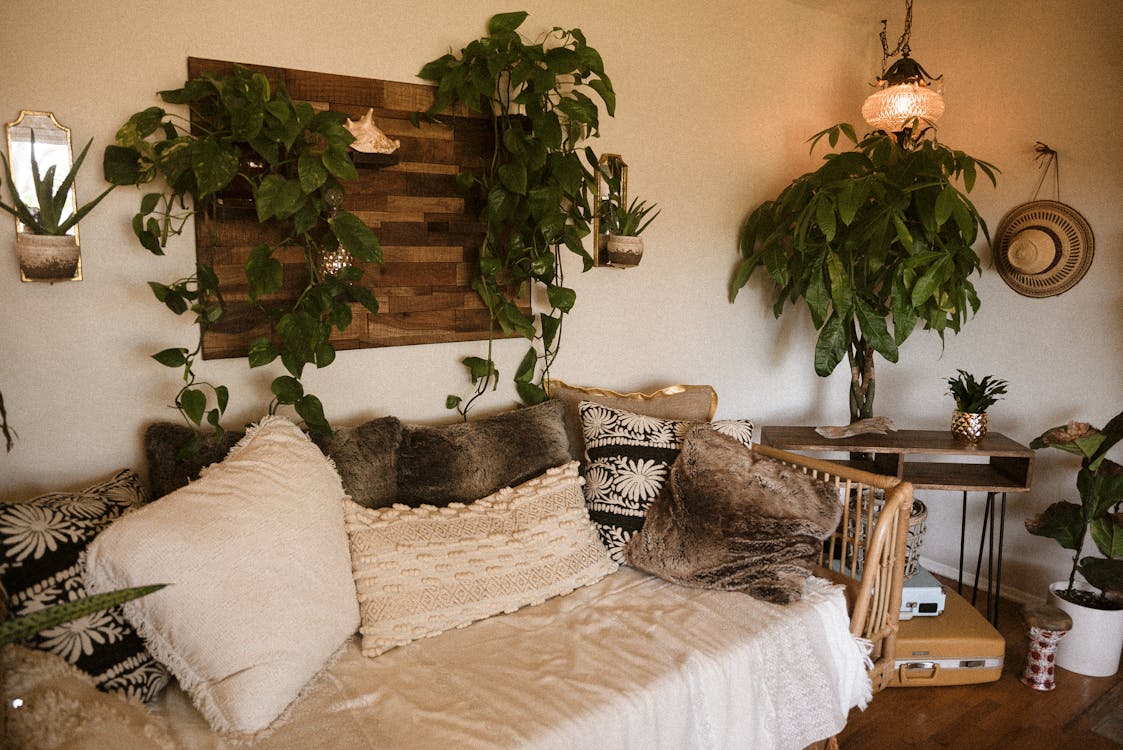
The positive emotional responses gleaned from altruistic actions towards people (helping a friend with their childcare, offering a ride to a coworker, etc.) are also side effects of taking care of plants. Caring for plants enhances a person’s sense of responsibility while also offering a sense of accomplishment. They can be mirrors into our psyches as well, explains the author of the Healthline article “5 Easy Houseplants to Love, Based on Your Mental Health Needs.” When a person is struggling, the browned or drooping leaves of their plants can be an indicator. These plant notifications can be helpful, as they serve as a physical reminder to seek help or spend more time on self-care.
The article for Healthline explains that “plants can reflect our lives in more ways than one and help us acclimate during difficult times.” As such, caring for indoor plants can be a form of self-care, especially for people who live alone. Licensed therapist Heidi McBain, quoted in JR Thorpe‘s article “A New Study Found Gardening Gives You The Same Emotional Boost As Going For A Walk” for Bustle, that because “‘self-care is more important than ever right now...getting creative and adding in new activities [like indoor gardening] might be just what you need to bring positivity and hopefulness back into your everyday life.’"
The Best Low-Maintenance Houseplants
Lavender

While it may not be an obvious indoor option, as lavender is more frequently seen potted and perched on front porches or set into the ground in the backyard, lavender can survive fairly well indoors regardless of where one lives. Lavender plants are available in a number of varieties (Portuguese, English, Spanish, French, and many cross-breeds), with some able to withstand high heat and/or subzero temperatures.
Bonnie L. Grant, a certified urban agriculturist in her article “Zone 5 Lavender Plants – Growing Cold Hardy Lavender Varieties” for GardeningKnowHow.com recommends lavender for its “ancient medicinal properties, a heady fragrance and season-long spectacular purple to white flower spikes.” Lavender is also perfect for indoor gardening because “it dries well and the scent remains long after the flowers have died.” Not only is the lavender scent pleasant, but, according to Healthline, “the floral smell is effective at decreasing anxiety and providing a calm atmosphere.”
Monstera
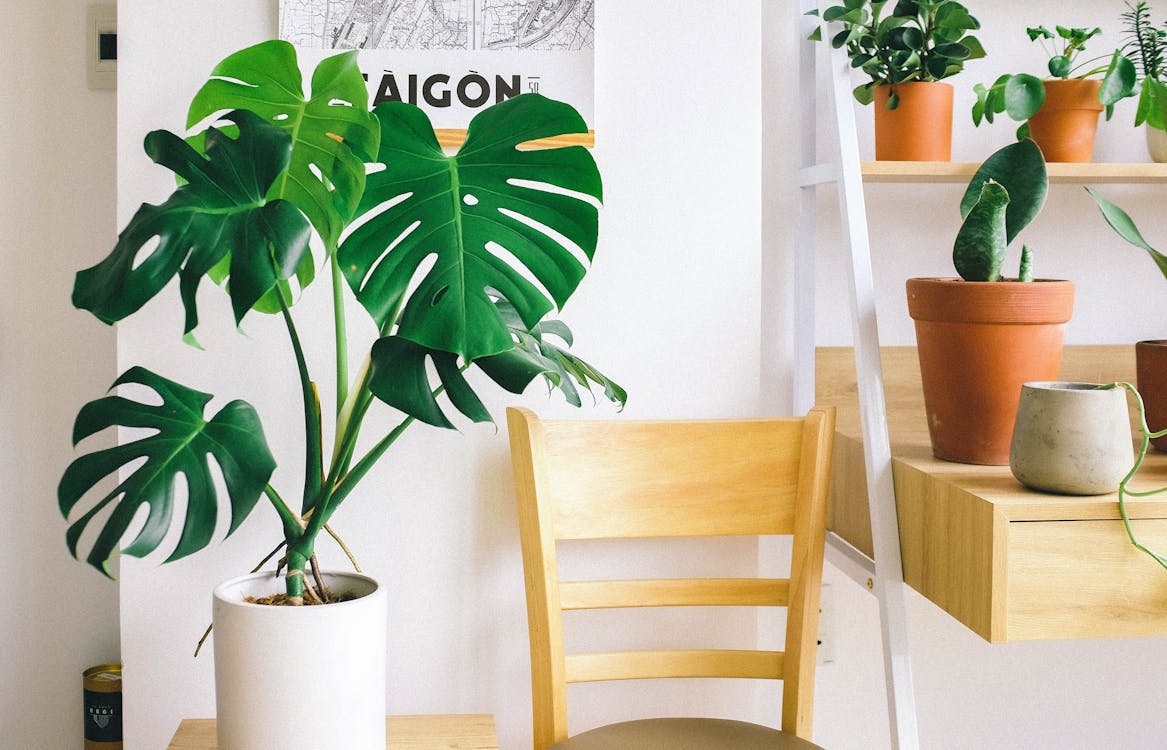
For homes with low-light, consider a monstera plant. According to the article “9 of the Easiest Houseplants that Anyone Can Grow” by Bloomscape, monstera plants easily bounce back if you forget to water, feed, or expose them to enough light. As a bright, tropical plant, they offer rich color tones to dimly lit homes without requiring too much responsibility. Not only do they flourish in most lighting conditions, from a well-lit kitchen to a moody, softly-lit bedroom, but monstera plants are also drought-tolerant, making them exceptionally easy to take care of.
While they will recover quickly from lack of care, being able to recognize signs that their health might be slipping is crucial. Bloomscape notes that, for monsteras, “crispy leaves mean the plant is getting sunburned or it’s not getting enough water, yellow leaves mean too much water.” If you keep an eye out for these symptoms, lightly water, and afford gentle light exposure, your monstera should thrive all year long!
Zanzibar Gem
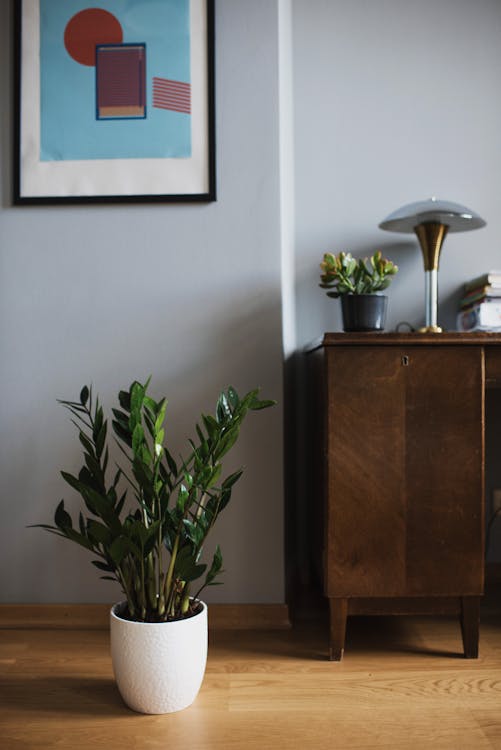
Extremely photogenic with its delicate, lightly curling, vibrantly colored green leaves, the Zanzibar Gem (or ZZ Plant) is an Instagram favorite. According to Kier Holmes in the article “Everything You Need to Know About ZZ Plants” for Gardenista, the Zanzibar Gem plant first became popular in the United States in the late 1990’s when it was brought over from South African nurseries. Holmes goes on to explain that the Zanzibar Gem is perfect for most plant lovers (even those with the least time and attention to give the plant) because it “tolerates neglect, is drought tolerant, and accepts low-light conditions without throwing a fit, [while] its waxy, smooth leaves reflect sunlight and brighten rooms.”
The ZZ Plant is especially ideal for less watchful owners who live in small apartments because they do not grow too large, capping out at around two or three feet tall. The Zanzibar Gem will also retain its color all year long, making it perfect for perennial home decor.
While the Zanzibar Gem, Lavender, and Monstera are three of the easiest houseplants to “love and let live,” many others are suitable for various home environments, including the aloe plant, spider plant, peace lily, philodendron, bamboo, and fiddle-leaf fig.
The 3 main components to keeping plants healthy are timely watering, the right amount of light, and regular nutrient cycles. These days, with everyone experiencing such busy schedules, our plants are typically the ones that suffer from neglect. Knowing this, our team of engineers designed an automated controller so you can set it and forget it. Automate the watering cycles, light schedules, and regular nutrient injections so that you can have a lush plant wall year-round, no matter how busy you are or the environment your plants are in.



